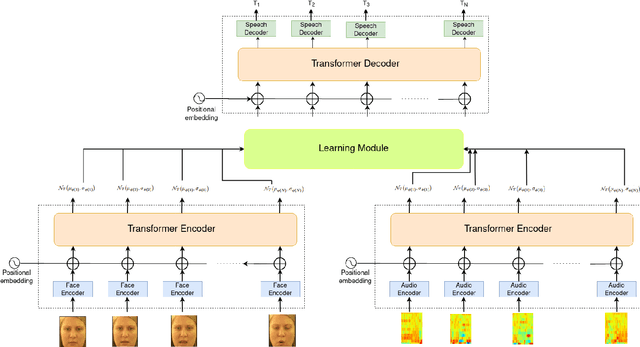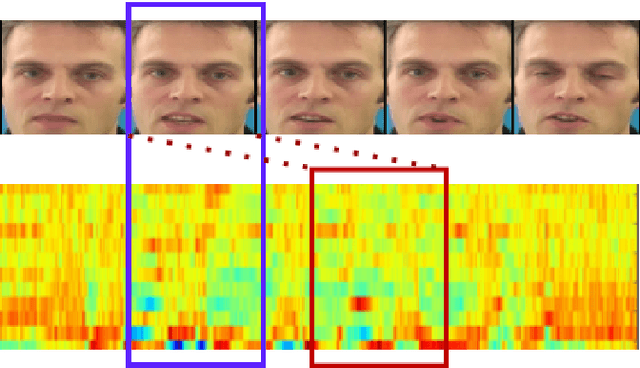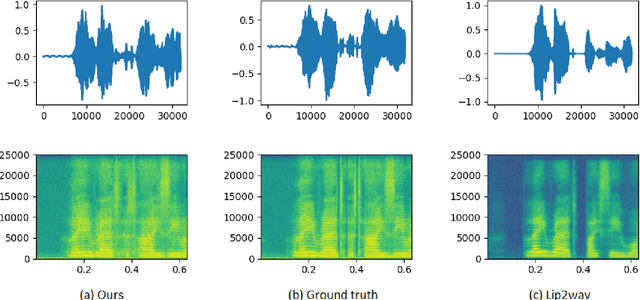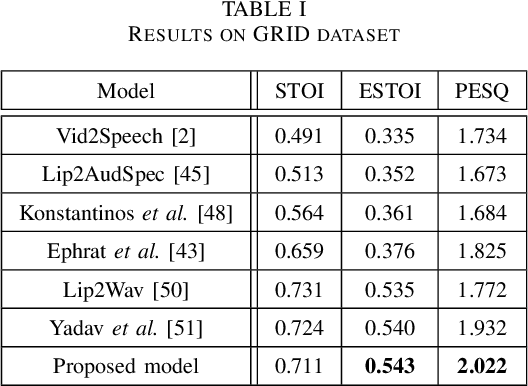Learning Speaker-specific Lip-to-Speech Generation
Paper and Code
Jun 04, 2022



Understanding the lip movement and inferring the speech from it is notoriously difficult for the common person. The task of accurate lip-reading gets help from various cues of the speaker and its contextual or environmental setting. Every speaker has a different accent and speaking style, which can be inferred from their visual and speech features. This work aims to understand the correlation/mapping between speech and the sequence of lip movement of individual speakers in an unconstrained and large vocabulary. We model the frame sequence as a prior to the transformer in an auto-encoder setting and learned a joint embedding that exploits temporal properties of both audio and video. We learn temporal synchronization using deep metric learning, which guides the decoder to generate speech in sync with input lip movements. The predictive posterior thus gives us the generated speech in speaker speaking style. We have trained our model on the Grid and Lip2Wav Chemistry lecture dataset to evaluate single speaker natural speech generation tasks from lip movement in an unconstrained natural setting. Extensive evaluation using various qualitative and quantitative metrics with human evaluation also shows that our method outperforms the Lip2Wav Chemistry dataset(large vocabulary in an unconstrained setting) by a good margin across almost all evaluation metrics and marginally outperforms the state-of-the-art on GRID dataset.
 Add to Chrome
Add to Chrome Add to Firefox
Add to Firefox Add to Edge
Add to Edge